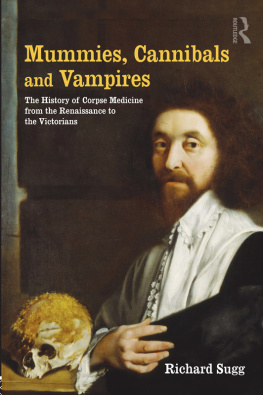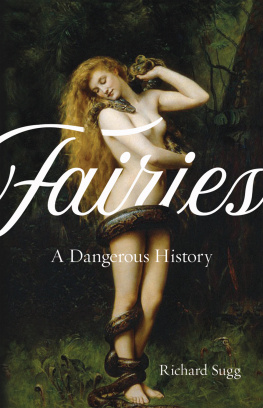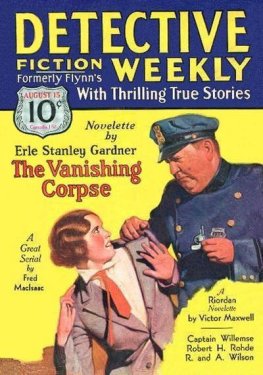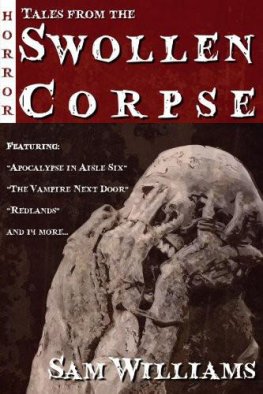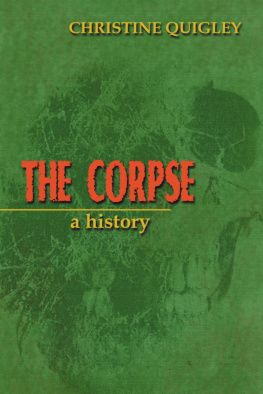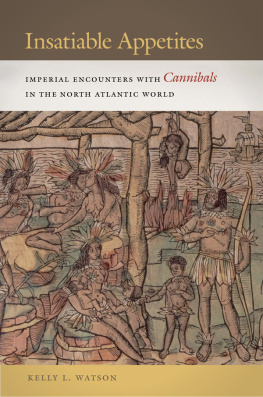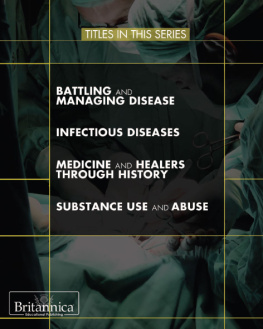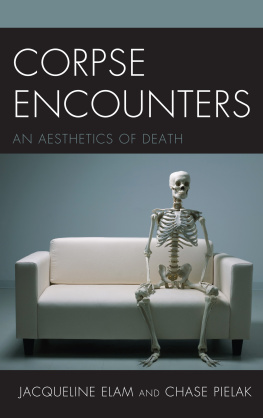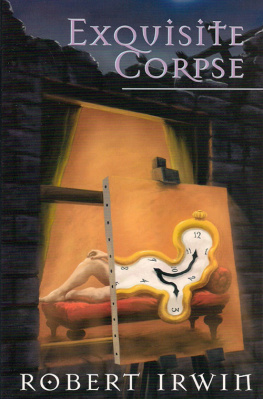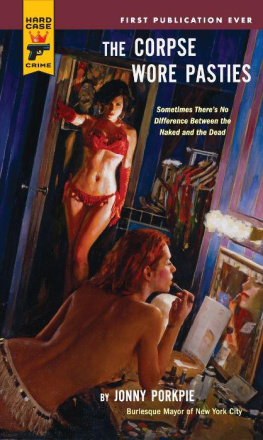Mummies, Cannibals and Vampires
Mummies, Cannibals and Vampires charts in vivid detail the largely neglected and often disturbing history of European corpse medicine: when kings, ladies, gentlemen, priests and scientists used and consumed human body parts to treat a broad variety of common ailments of the time.
Conventional accounts of the Stuart kings of England omit the fact that James I refused corpse medicine, Charles II made his own corpse medicine and Charles I was himself made into corpse medicine. Ranging from the execution scaffolds of Germany and Scandinavia, through the courts and laboratories of Italy, France and Britain, to the battlefields of Holland and Ireland and on to the tribal man-eating of the Americas, Mummies, Cannibals and Vampires argues that the real cannibals were in fact the Europeans.
Often presented as a medieval therapy, medicinal cannibalism was in fact at its height during the social and scientific revolutions of early modern Britain. It drew strength from the formidable weight of European science, publishing, trade networks and educated theory, and for many it was also an emphatically Christian phenomenon. It survived well into the eighteenth century, and among the poor it lingered stubbornly on into the time of Queen Victoria.
Richard Sugg is lecturer in Renaissance Literature at the University of Durham. His previous books are John Donne (Palgrave, 2007), and Murder after Death: Literature and Anatomy in Early Modern England (Cornell University Press, 2007). He is currently working on three new books: two examine the physiology of the soul in classical, Christian and early modern literature and history, whilst the third looks at the vampires of folklore and fiction.
Mummies, Cannibals and Vampires
The History of Corpse Medicine from the Renaissance to the Victorians
Richard Sugg

First published 2011
by Routledge
2 Park Square, Milton Park, Abingdon, Oxon OX14 4RN
Simultaneously published in the USA and Canada
by Routledge
711 Third Avenue, New York, NY 10017
Routledge is an imprint of the Taylor & Francis Group, an informa business
2011 Richard Sugg
The right of Richard Sugg to be identified as author of this work has been asserted by him in accordance with sections 77 and 78 of the Copyright, Designs and Patents Act 1988.
All rights reserved. No part of this book may be reprinted or reproduced or utilised in any form or by any electronic, mechanical, or other means, now known or hereafter invented, including photocopying and recording, or in any information storage or retrieval system, without permission in writing from the publishers.
Trademark notice: Product or corporate names may be trademarks or registered trademarks, and are used only for identification and explanation without intent to infringe.
British Library Cataloguing in Publication Data
A catalogue record for this book is available from the British Library
Library of Congress Cataloging in Publication Data
Sugg, Richard, 1969
Mummies, cannibals, and vampires : the history of corpse medicine from the
Renaissance to the Victorians / Richard Sugg.
p. cm.
1. MedicineEuropeHistory. 2. MedicineReligious aspectsChristianity. 3. Cannibalism. I. Title.
R484.S84 2012
610.4dc22
2011001662
ISBN: 978-0-415-67416-4 (hbk)
ISBN: 978-0-415-67417-1 (pbk)
ISBN: 978-0-203-15418-2 (ebk)
For my mother,
for Les and Doug,
and for Chris and Danni,
and their great adventure.
Acknowledgements
Many people have assisted generously in the development of this book by reading, responding to queries, or voluntarily supplying data and advice. Warm thanks are due to Christine Alvin, Rachel Bailin, Martyn Bennett, Oliver Cooper, Alice Eardley, John Henry, Frances Hornyold-Strickland, Arnold Hunt, Paul Jump, Louise Leigh, Elaine Leong, Willey Maley, Irene Miguel, Kaja Murawska, Richard Newell, David Porter, Joel Rasbash, Barbara Ravelhofer, Krista Shaw, Alison Shell, Jerry Singer, Leona Skelton, Mauro Spicci, Chris Sugg, David Thorley, Jonathan Trigg, Keir Waddington, and Danielle Yardy.
For attempts to raise the public profile of this topic I am very grateful to Andrew Abbott, Marc Abrahams, Philip Bethge, Dionne Hamil, Bill Hamilton, Leighton Kitson, Dave Musgrove, Andreas Weiser and Claire Whitelaw and all those involved at Wildfire television, particularly Rebecca Burrell and Ben Steele. Thanks to Vicky Peters at Routledge for her initial interest and her ongoing help with various queries, to Laura Mothersole for prompt help during the latter stages of writing and editing, to Jayne Varney for her excellent work on the cover design and to James Thomas for his meticulous copy-editing. Thanks are due, also, to the four anonymous academic readers for their thorough and often generous comments. Staff and students at Durhams Department of English Studies have again helped to make the period of research and writing more a pleasure than a job. I am particularly grateful to the departmental research committee for the financial assistance which has made it possible to publish a work of this length. Special thanks once more to Daniel Hartley, whose enthusiasm and insight helped nudge an idea towards a book.
Abbreviations
Unless otherwise stated, all references to Shakespeares works are to: The Riverside Shakespeare, ed. G. Blakemore Evans et al. (Boston and New York: Houghton Mifflin Company, 1997).
Complete Works of Ben Jonson
The Complete Works of Ben Jonson, ed. C.H. Herford and Percy and Evelyn Simpson, 11 vols (Oxford: Clarendon Press, 192552).
Diary
The Diary of Samuel Pepys: a New and Complete Transcription, ed. R. Latham and W. Matthews, 11 vols (London: Bell, 197083).
Letters
Edmund Gosse, The Life and Letters of John Donne, 2 vols (London: William Heinemann, 1899).
Poems
John Donne: The Complete English Poems, ed. A.J. Smith (Harmondsworth: Penguin, 1971; repr. 1996).
RCP
Annals of the College of Physicians of London, trans. J. Emberry, S. Heathcote, and M. Hellings, 5 vols (Wellcome Library, RCP, London).
Sermons
The Sermons of John Donne, ed. George R. Potter and Evelyn M. Simpson, 10 vols (Berkeley and Los Angeles: University of California Press, 195362).
Thorndike, History
Lynn Thorndike, A History of Magic and Experimental Science, 8 vols (New York: Columbia University Press, 193854).
Works of Thomas Nashe
The Works of Thomas Nashe, ed. Ronald B. McKerrow, 5 vols (A.H. Bullen, 1904; repr. London: Sidgwick & Jackson, 1910).
Introduction
One thing we are rarely taught at school is this: James I refused corpse medicine; Charles II made his own corpse medicine; and Charles I was made into corpse medicine. This alone is a quite unusual view of Englands first three Stuart monarchs. To clarify it, we must also add that James I was very much in the minority, and that Sir Theodore Turquet de Mayerne, the doctor who prescribed powdered human skull for him, was one of the most eminent practitioners in all of Europe. We must add, too, that royal cannibals such as Charles II, Francis I, Christian IV of Denmark and William III were just the tip of the social iceberg.
For well over 200 years in early modern Europe, the rich and the poor, the educated and the illiterate all participated in cannibalism on a more or less routine basis. Drugs were made from Egyptian mummies and from the dried bodies of those drowned in North African desert sandstorms. Later in the era the corpses of hanged criminals offered a new and less exotic source of human flesh. Human blood was also swallowed: sometimes fresh and hot, direct from a donors body; sometimes dried, powdered, or distilled with alchemical precision. Human fat was one of the most enduring substances of all: it was usually applied externally in the form of ointments or plasters. Certain parts of the bone of the skull were swallowed as powder or in liquid distillations. In London chemists shops one could see entire human skulls for sale. Some had a growth of botanical moss, which could be powdered and used to treat nosebleeds and other forms of haemorrhaging. Both skull bone and the moss of the skull should most authorities agreed be derived from a man who had met a violent death, preferably by hanging or drowning. These were the most common drugs derived from the human body. But, as we will see, for certain practitioners and patients, there was almost nothing between the head and the feet which could not be used in some way: hair, brain, heart, skin, liver, urine, menstrual blood, placenta, earwax, saliva and faeces. Medicinal cannibalism was practised to some extent in the Middle Ages. But, with nice irony, it became most popular and pervasive in the era when reports of New World cannibals were circulating amidst the outraged Christians of Rome, Madrid, London and Wittenberg.
Next page
